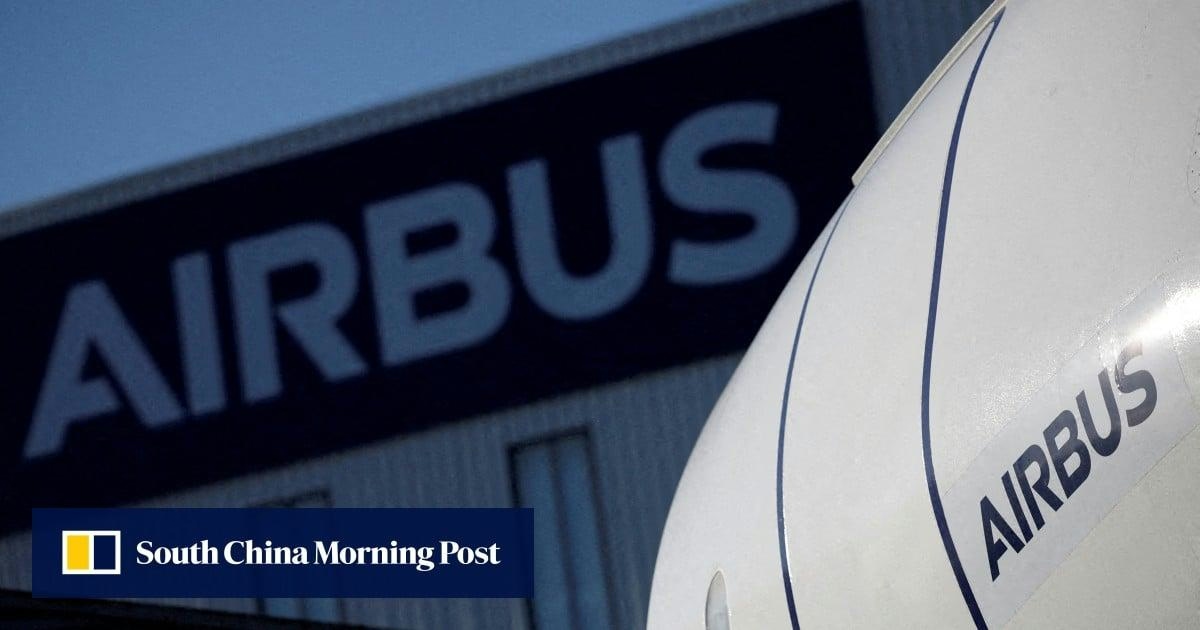
Smarter email, faster business.
Trending
Ensuring a Reliable Parts Supply
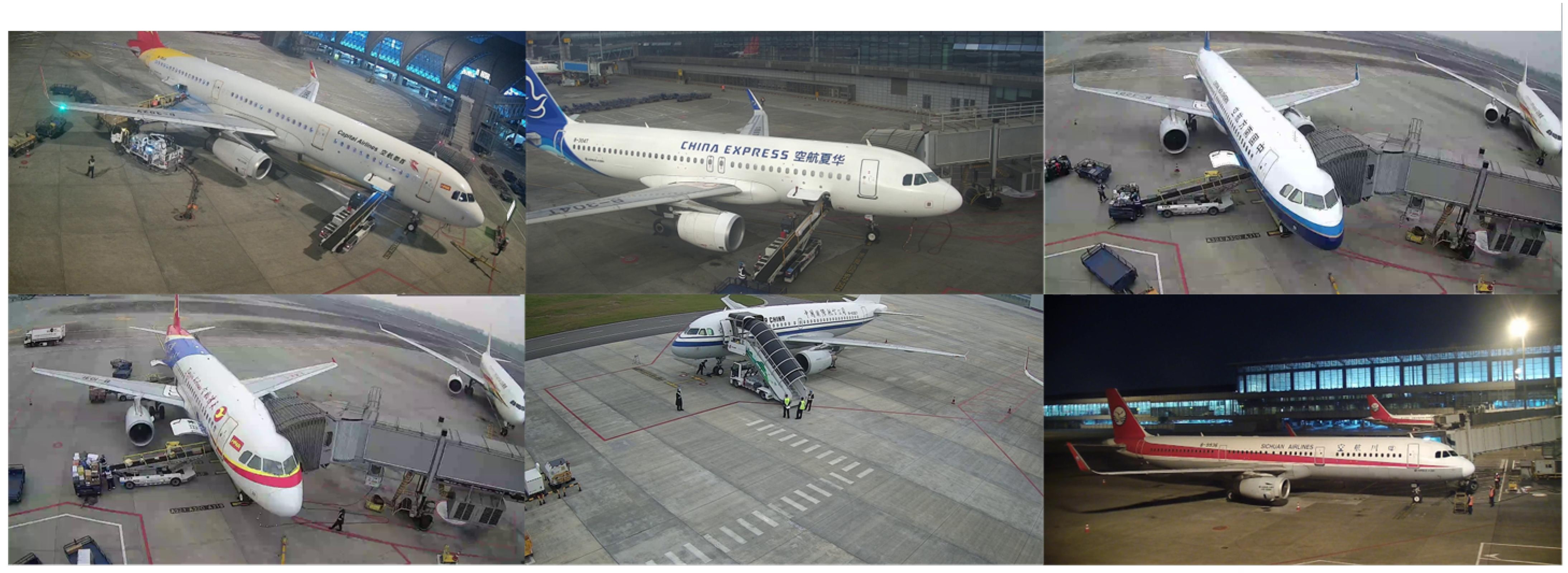
Ensuring a Reliable Parts Supply
Navigating Supply Chain Challenges in Aviation
The aviation industry is confronting significant challenges as airlines and maintenance, repair, and overhaul (MRO) providers contend with persistent supply chain disruptions, labor shortages, and evolving regulatory demands. These factors are driving a fundamental shift in how critical aircraft parts are sourced. Tommy Hughes, CEO of VAS Aero Services, discussed with Aviation Week the growing importance of used serviceable material (USM) and the strategic approaches necessary to maintain parts availability amid these pressures.
Delays in new aircraft deliveries combined with widespread engine groundings have intensified competition for high-quality USM. Hughes highlights that for maintenance operations, the ability to quickly source USM has become a strategic advantage. This surge in demand is elevating USM prices to premium levels, as airlines and MROs seek dependable alternatives to new parts in the face of ongoing production delays and supply chain volatility.
To secure inventory effectively, USM suppliers are moving beyond opportunistic purchasing. Hughes underscores the critical need to identify airline surplus assets, build robust consignment infrastructures, and develop strong program management capabilities. Increasingly, MROs are seeking collaboration with organizations possessing advanced teardown and parts harvesting expertise. Airlines, too, are pursuing long-term, stable USM supply partnerships to reduce uncertainty and ensure continuity.
Financial Pressures and Strategic Sourcing
The rising cost of new parts is accelerating the industry's pivot toward USM. Hughes notes that inflation in new parts pricing is a direct driver of increased USM demand, particularly for expensive components such as engines, avionics, and structural equipment. Operators are prioritizing USM to manage maintenance expenses and protect profit margins without compromising reliability.
This financial environment is prompting airlines and MROs to adopt more strategic sourcing methods. Emphasis is shifting toward teardowns, parts reclamation, and establishing long-term supply agreements. Additionally, proactive purchasing and exchange pool programs are gaining momentum, enabling operators to secure pricing and availability in an otherwise volatile market.
Addressing Sourcing Complexities Amid Changing Retirement Patterns
The task of securing USM is further complicated by lower-than-expected aircraft retirement volumes. Many operators have extended the service lives of their fleets to maintain capacity, delaying the anticipated influx of retired aircraft and the availability of used parts. In response, VAS Aero Services has made significant investments in aircraft assets over the past two years, acquiring 26 Airbus A320s, 7 A330s, and 8 A380s. These acquisitions position the company to supply certified, high-quality used parts to the global aftermarket for the foreseeable future.
Hughes emphasizes the necessity of a more integrated supply chain strategy in the current environment. This approach involves close collaboration with suppliers and service vendors, mutual data sharing, proactive prioritization of parts, and balancing cost, availability, and maintenance schedules to maintain fleet readiness.
Integrating Materials Management with Fleet Planning
A comprehensive materials management program has become essential for operational efficiency and cost control. Hughes explains that a structured system for tracking inventory and forecasting demand helps reduce downtime caused by unavailable components. Ideally, operators and MROs should have direct interfaces with suppliers’ inventory systems, providing real-time visibility into component capabilities, pricing, and availability.
Equally important is the integration of materials management with fleet planning, which streamlines operations and enhances logistical coordination. As competitors diversify their supplier base and invest in technology to navigate ongoing disruptions, robust materials management and supply chain integration are emerging as key differentiators in sustaining fleet performance and readiness.
In an industry marked by volatility and uncertainty, securing a reliable parts pipeline requires proactive planning, strategic partnerships, and adaptability to rapidly evolving market dynamics.
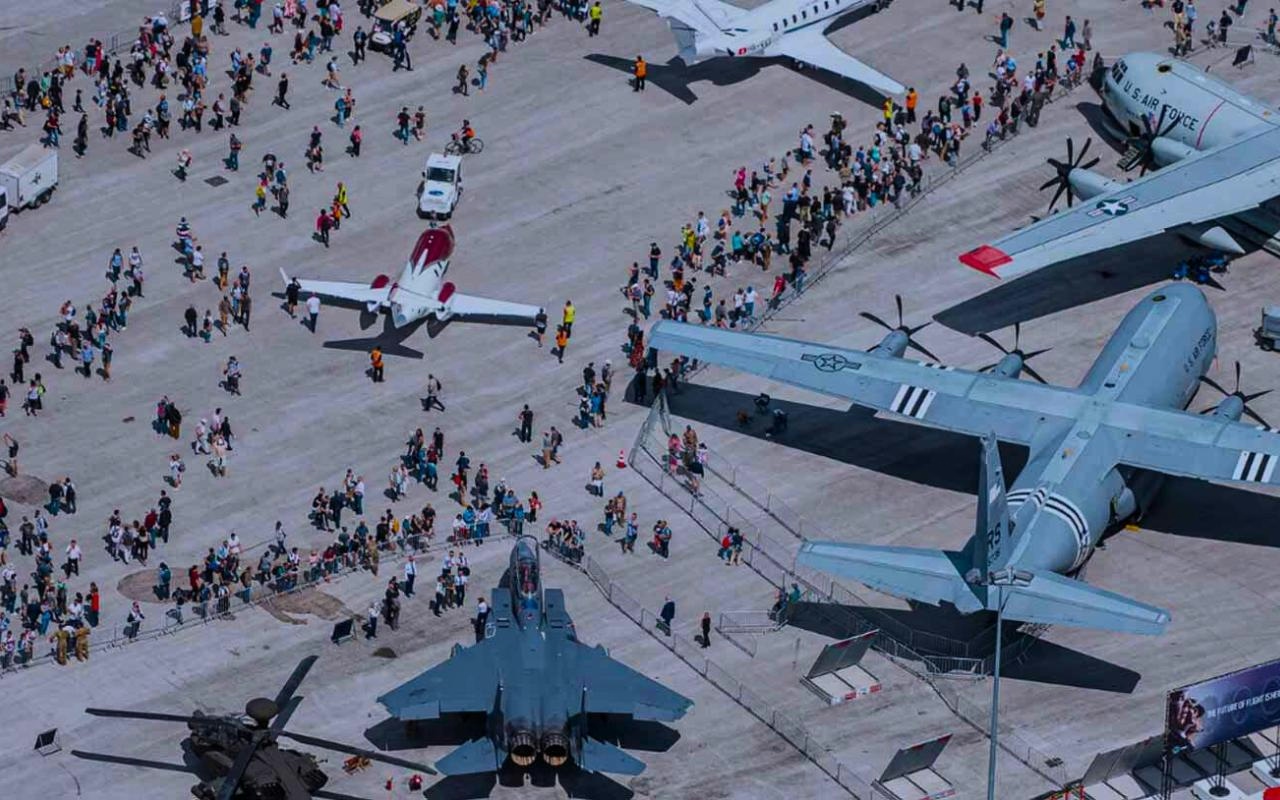
Dubai Airshow 2025 Reveals Main Agenda and Activities
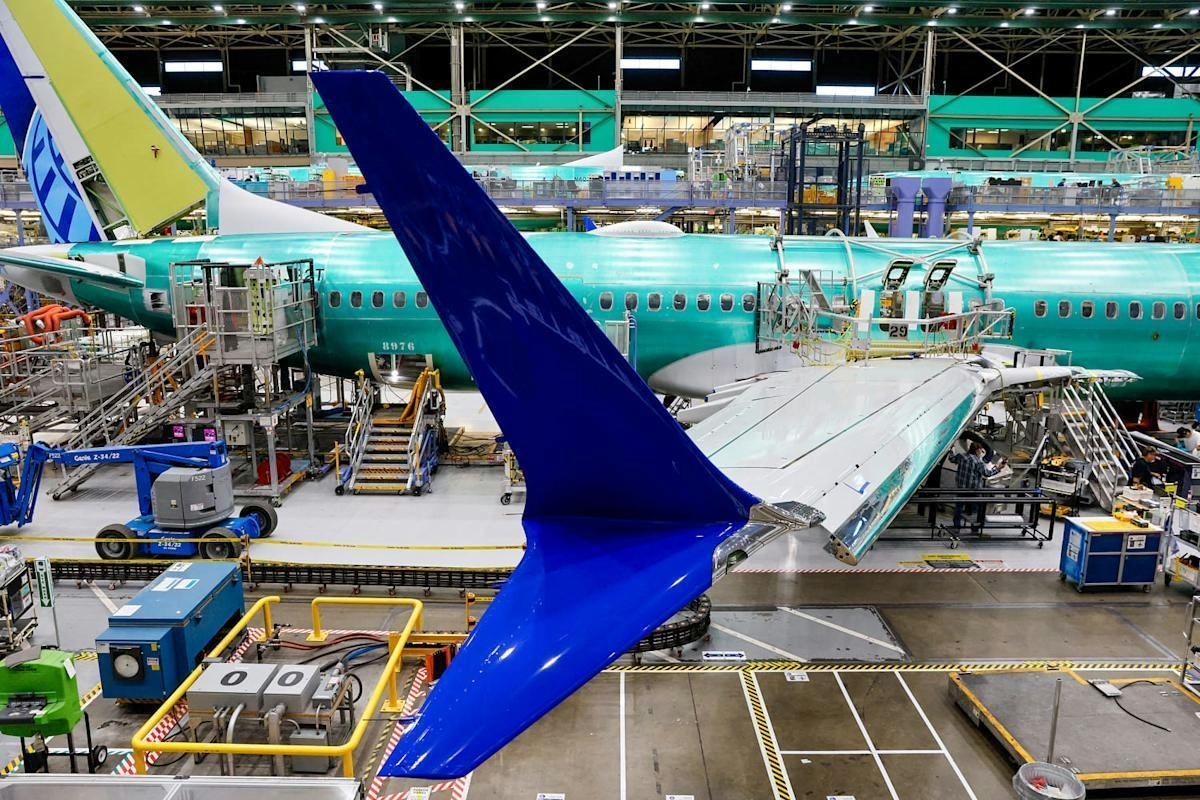
Willis Lease Finance: A Strategic Play in Aviation Leasing Amid Near-Term Volatility
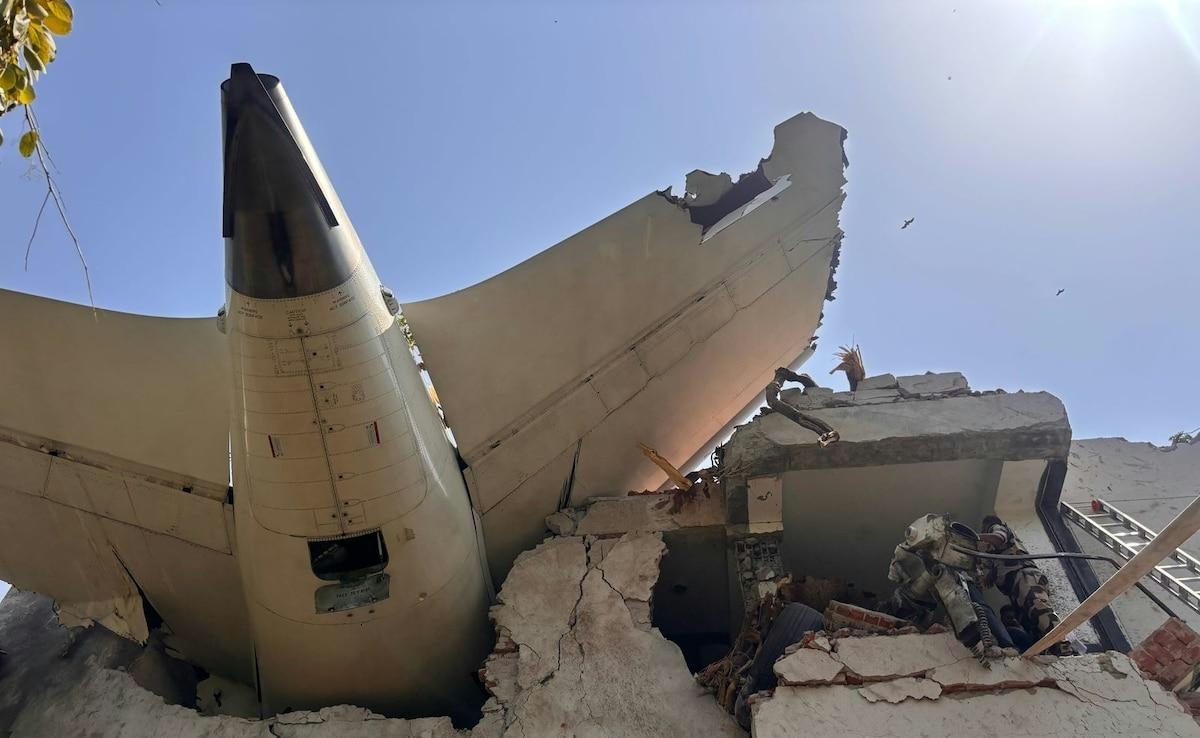
AI-Generated Content Spreads Misinformation After Air India Crash
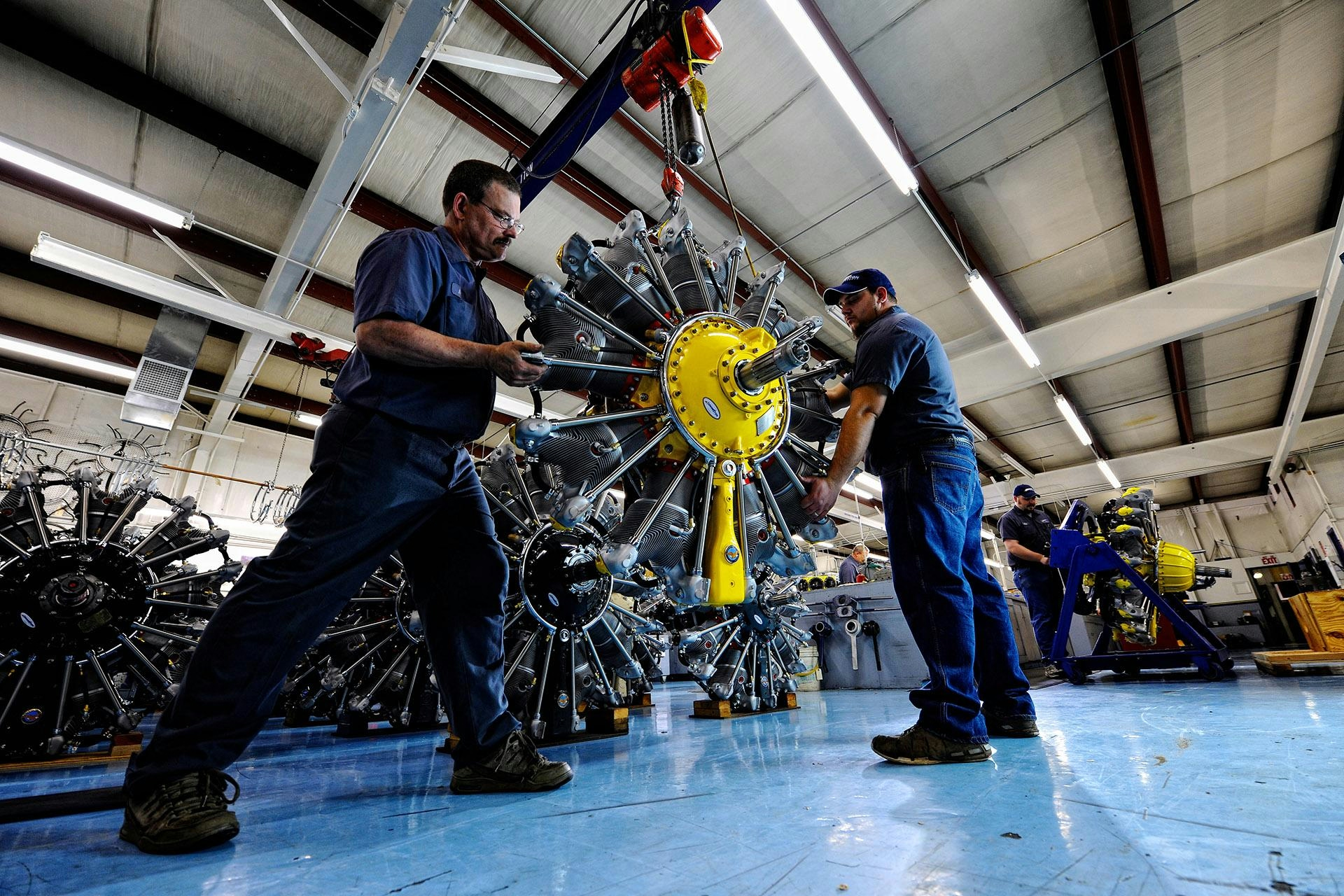
Covington Aircraft Engines to End Radial Engine Production in 2025
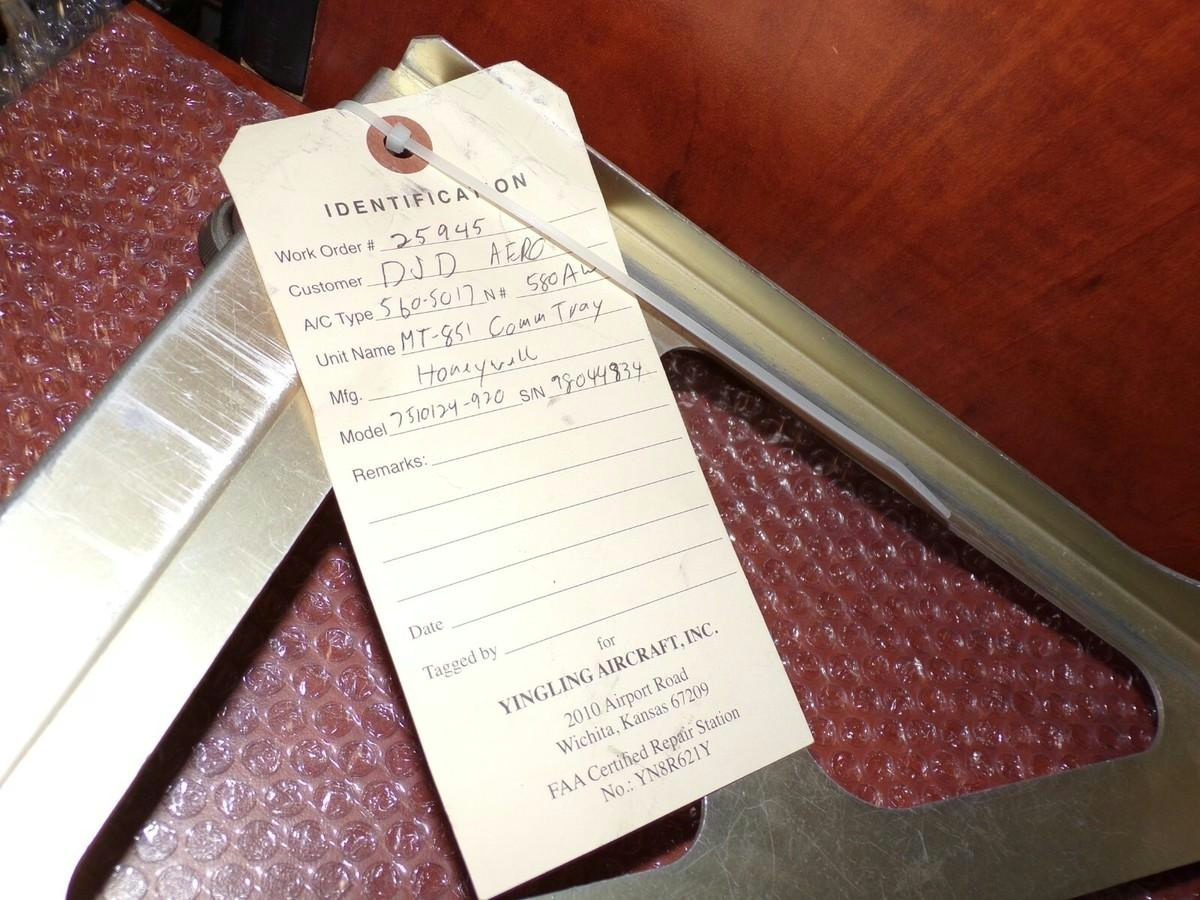
Yingling Aviation Named Authorized Honeywell Dealer

Does Joby Aviation's Milestone in Dubai Point Toward Further Growth?

New Invention Promises to Eliminate Airplane Emissions in Country
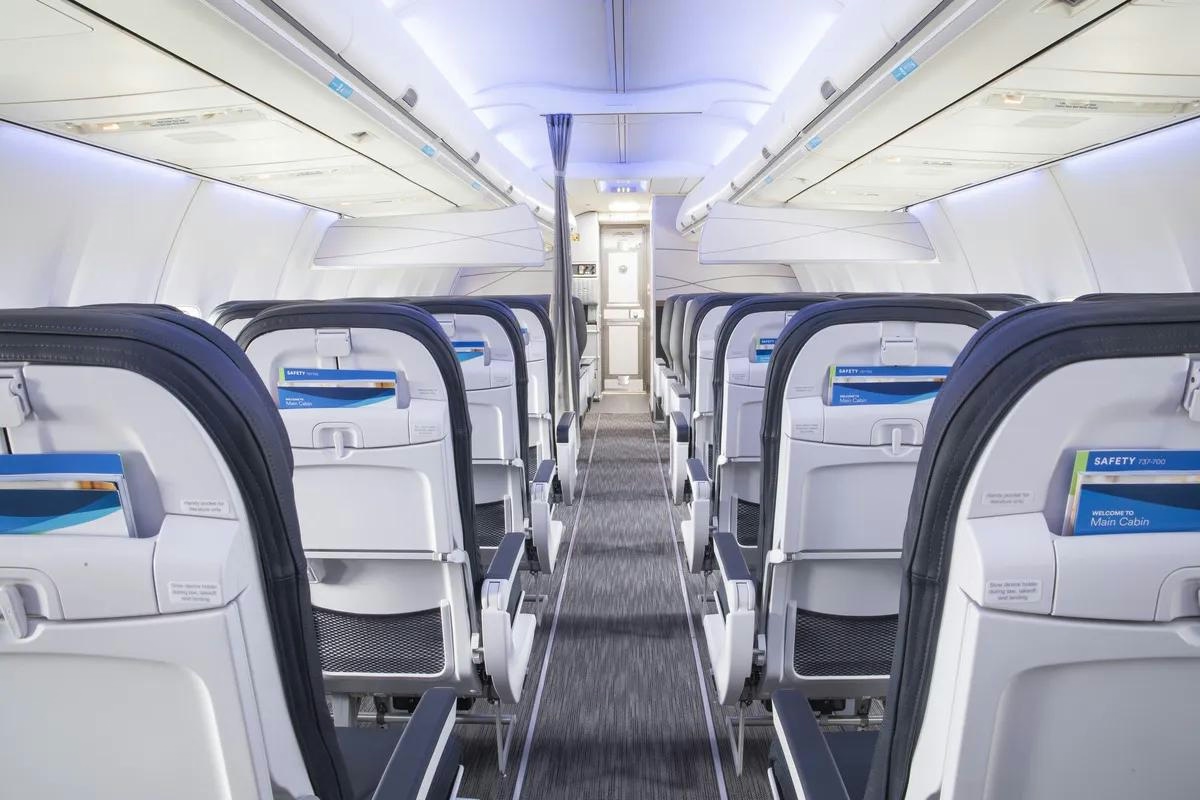
Key Questions on Chinese Travel, AI, and Airlines Answered by Skift
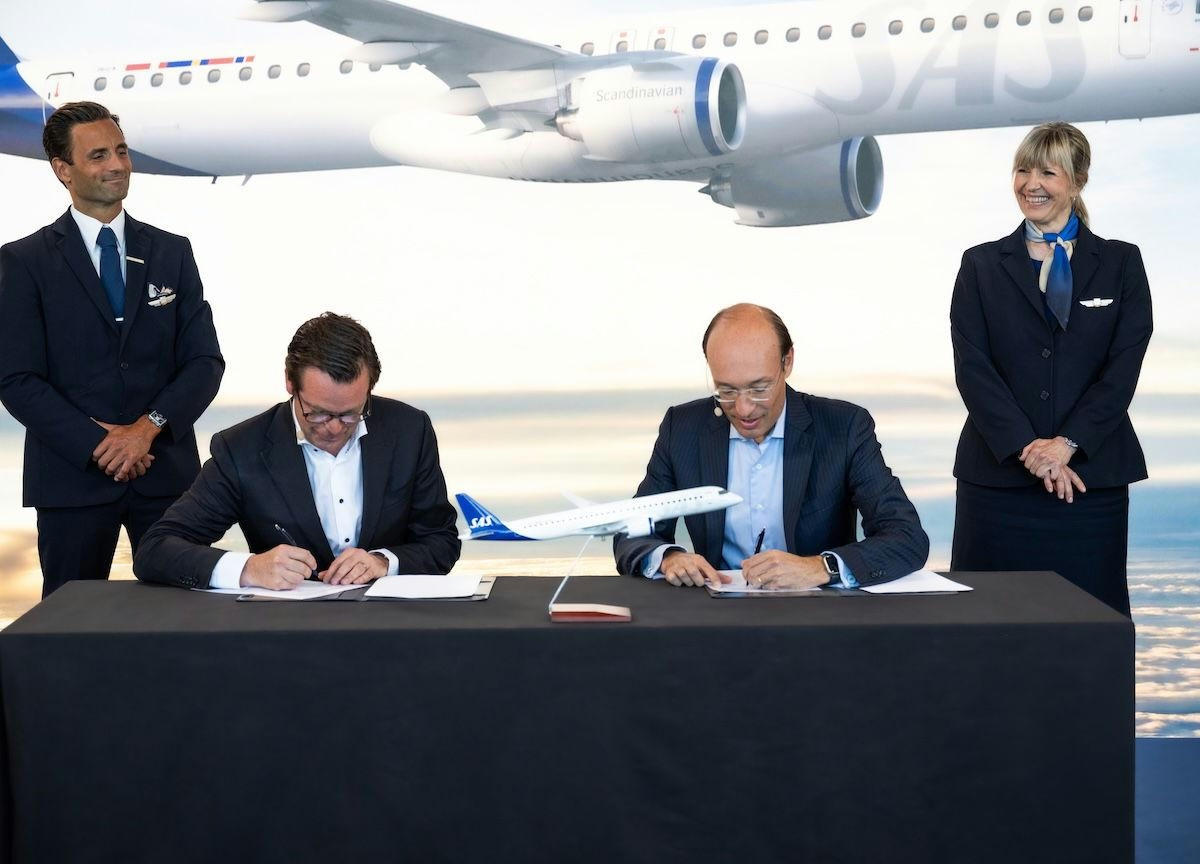
SAS Orders Up to 55 Embraer E195-E2 Jets
